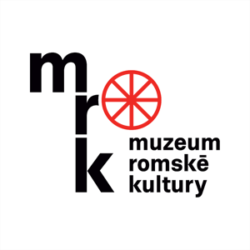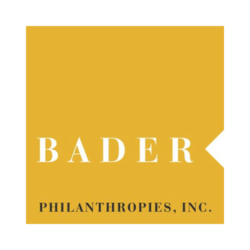Mária Horváthová
Mária Horváthová (born around 1925, Hunkovce, Kežmarok district) is the wife of Jan Horváth.[1] The interviewer was introduced to the Horváth family by Helena Demeterová, whose maiden name was Horváthová – Mária Horváthová was her mother and Jan Horváth her stepfather. Helena Demeterová was the wife of Bertín Demeter[2] and the sister-in-law of Vasil Demeter.[3]
Mária Horváthová was married as a girl to a young man in a well-off musical family, chosen for her by her parents. She left the relationship from her own choice when she was pregnant and her parents then married her to Jan Horváth from a poor, distantly related blacksmith’s family. Marie’s first-born daughter Helena was raised by her grandparents and after her grandmother’s death as a nine-year-old went into service with a farmer.
[1] See his testimony in the database.
[2] See his testimony in the database.
[3] See his testimony in the database.
-
Testimony abstract
Mária Horváthová recalled her father’s profession – he was a wagoner who transported logs of wood and worked with horses all his life.
Mária Horváthová described how the mother of Jan Horváth[1] set out to see her son to a work camp eighty kilometres away and, because she had no food to give him, Mária’s mother and grandmother gave a lot.
After the Germans arrived [following the crushing of the Slovak National Uprising in 1944 (ed.)] Mária Horváthová’s family had to go away from Hunkovce and leave their property behind. The Germans turned their large house into a hospital. Horváthová described how frightened she was of the Germans as a young child. The Horváths and about another thirty people hid in an empty house that had belonged to some Jews in the village of Oslava.[2]
One German came there at night, looking for some Roma girls, and when he couldn’t find any he set fire to the house with his cigarette lighter. They all fled into the forest and when morning came they split up, and Horváthová with a few relations reached some Roma they did not know in the village of Kuková. They stayed in a borrowed house for about six months, until the end of the war. They used to go and help the farmers, and dug potatoes, and the women did their spinning and embroidery. Mária Horváthová‘s father had some money and so her grandmother and mother had the idea to set out as far as the Hungarian frontier to buy some tobacco leaves. The local farmers would then exchange these for foodstuffs – potatoes, milk, butter, curds. They had a small cart and a horse their father had caught; it would appear at that time stray horses could easily be found.
Mária Horváthová‘s family saved up food and returned in the cart to their home in Hunkovce. She described the ravaged, burnt-out landscape without a single tree, riddled with craters and mines, houses that were shot-through and destroyed not only in Hunkovce but in the surrounding villages (Ladomirová, Poľanka, Komárnik). A few farmers’ families and three Roma families returned to their village. The men cleared the bodies of dead Russian soldiers and dug a pit to bury them in. They were paid for that with food – canned food, bacon, bread. Then the Roma built koliby [huts, or seasonal shelters for shepherds] with wood obtained from the military bunkers, and gradually better wooden cottages. A month after their return to Hunkovce, Mária Horváthová gave birth to a daughter Helena; in the end she had six children, all of them born at home. When they were ill her mother or aunt treated them with herbs; and as Horváthová said, “an old Roma woman is better than any doctor”.
How to cite abstract
Abstract of testimony from: HÜBSCHMANNOVÁ, Milena, ed. “Po židoch cigáni.” Svědectví Romů ze Slovenska 1939–1945.: I. díl (1939–srpen 1944). 1. Praha: Triáda, 2005. ISBN 80-86138-14-3, 451-460 (ces), 461-469 (rom). Testimonies of the Roma and Sinti. Project of the Prague Forum for Romani Histories, https://www.romatestimonies.com/testimony/maria-horvathova (accessed 10/21/2025) -
Origin of Testimony
The interview took place in the hone of Mária Horváthová and Jan Horváth in 1985. The transcription and translation of the report is virtually unchanged.
Mária Horváthová’s references to carrying out handwork for the farmers support the well-known fact that in some parts of south Slovakia Roma women regularly embroidered for both their own family and for a living. In east Slovakia this professional skill, which was evidence of a higher status in a Roma family and greater integration into non-Roma rural society, was rather exceptional. The reference to the size of the house in which Mária Horváthová’s parents lived, in which the Germans installed an infirmary, similarly documents their status.
-
Where to find this testimony




